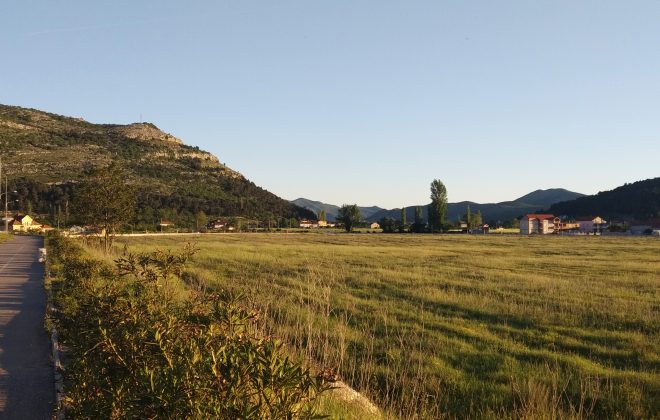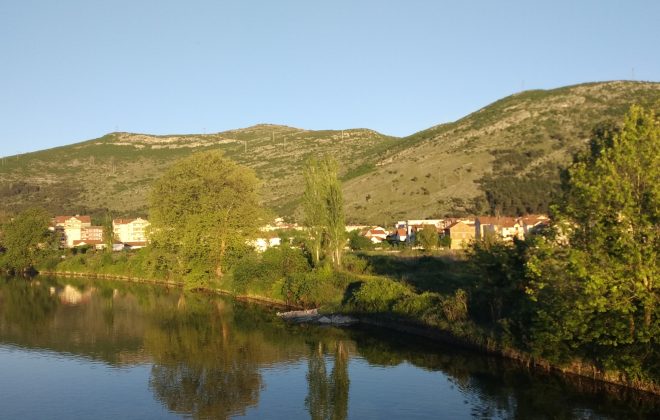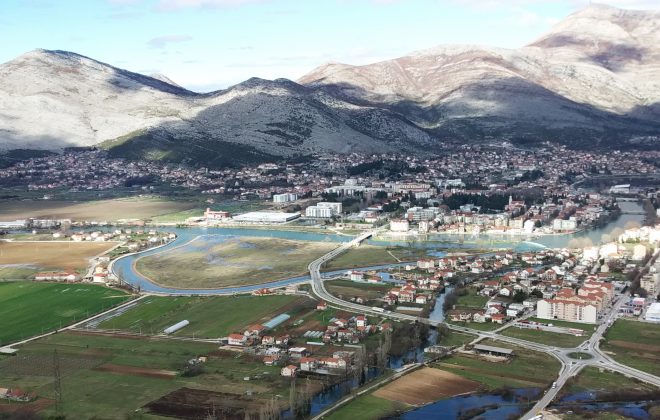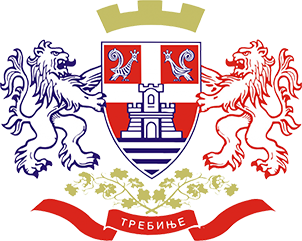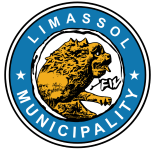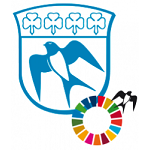MEET THE CITY
Trebinje, Bosnia and Herzegovina
The city of Trebinje is located in the south of Bosnia and Herzegovina in the border area with Croatia and Montenegro. It has characteristics of Mediterranean city the climate, in addition to a large number of sunny days, is characterized by low relative humidity and cloudiness, increased air currents, rains in winter and warm summers. The case study represents an undeveloped river island located near the city center.
This is a city that once charmed Napoleon, the most spectacular gem of nature that this region has to offer – the Trebišnjica River, the biggest sinking river in Europe. It is a unique phenomenon that crosses the valley of Popovo Polje and consists of many above and underground watercourses. On its way to the Adriatic Sea, the river, once called the Arion, flows underground and reappears many times on the surface. With a total length of 187 km, and half of it below the ground, Trebišnjica is the world’s longest sinking river. It is also a remarkable hydroelectric power in this part of the country.
The Trebinje Hydro Power Plant is one of Bosnia and Herzegovina's largest hydro power plant having an installed electric capacity of 176 MW.
First urban outlines of Trebinje were formed in The Middle Ages. Originally, Trebinje was a part of the then Byzantine archontia (province) and after that all the way to 14thcentury it was the center of Travunia, a state that was a part of the kingdom of Nemanjići. After the period of long independence, it fell under the Ottoman reign which lasted for many centuries. After that it was a part of Austro-Hungarian empire.
Each of these epochs and rules left its mark and branded local culture, both spiritually and materially.
- Only 60% of the city is covered by sewerage and this has resulted in significant pollution of the Trebišnjica River
- Average annual temperature is 14.2 °C. The average rainfall is 1338 mm.
- The warmest month is July, with an average temperature of 23.3 °C and the coldest is January, with an average temperature of 5,4 °C.
GREET THE CITY
There are sixteen plane trees planted in a row which continue in a large rectangular in the city downtown. They became a giant symbol of Trebinje and formed a city garden , natural shade which is considered an ambiental centre and aesthetically the most precious part of Trebinje
Trebinje has around 260 sunny days. Trebinje is rich in natural resources (mountains, hills and valleys) and has a large hydro potential.
The case study area is covered with grassy areas and embankments have been made for the purpose of arranging the riverbed and flood protection. In case of high water levels, the area in question is partially flooded. since the site is undeveloped and does not have a high green structure, it is characterized by a high degree of sunshine. The climate is characterized by constant air currents of different intensities from pleasant mild winds to those of high strength that should be taken into account when planning the space. Although it is unarranged locality of the case study is attractive in its natural aspects and represents an excellent starting point in the formation of a future settlement and recreational zone tailored to man for the better common good of the citizens. Recreational zones and staying in natural landscapes contribute to better physical and mental health of people and it is very important to feel the space and potentials offered in order to achieve the best possible contact with nature. In terms of the social aspect, it is important to achieve interaction between the citizens and future residents of the area. Open public spaces are important as a meeting place and exchange of information, which contributes to the better functioning of the community.
Case Study
The case study “Otok” is one of the most attractive locations in the city of Trebinje. It is located in the heart of Trebinje, surrounded by watercourses that give it a unique charm. Trebinje has always lived in close connection with the river Trebišnjica, so the subject locality provides an opportunity for this connection to continue in the future.
The site is divided by a road into two parts that provide the opportunity to form zones for different purposes, the space is easily accessible and from the other side isolated and intimate. It is perfect and special unused gem of the city of Trebinje. The site is characterized by high sunshine throughout the day, which is one of the key factors for creating a pleasant atmosphere for the common good of citizens in mental and physical terms.
The site is an ideal place to create a self-sustaining ¨"Otok" for the well being of all citizens with the interaction of wind, solar, water, geothermal energy and bioenergy.

